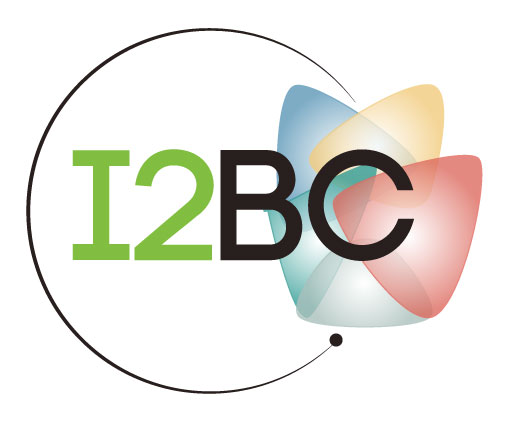Root Development in Medicago truncatula: Lessons from Genetics to Functional Genomics
Résumé
This decade introduced "omics" approaches, such as genomics, transcriptomics, proteomics, and metabolomics in association with reverse and forward genetic approaches, developed earlier, to try to identify molecular pathways involved in the development or in the response to environmental conditions as well as in animals and plants. This review summarizes studies that utilized "omics" strategies to unravel the root development in the model legume Medicago truncatula and how external factors such as soil mineral status or the presence of bacteria and fungi affect root system architecture in this species. We also compare these "omics" data to the knowledges concerning the Arabidopsis thaliana root development, nowadays considered as the model of allorhiz root systems. However, unlike legumes, this species is unable to interact with soil nitrogen-fixing rhizobia and arbuscular- mycorrhizal (AM) fungi to develop novel root-derived symbiotic structures. Differences in root organization, development, and regulatory pathways between these two model species have been highlighted.

